Featured Image: Courtesy of Sweet Protection Design Team
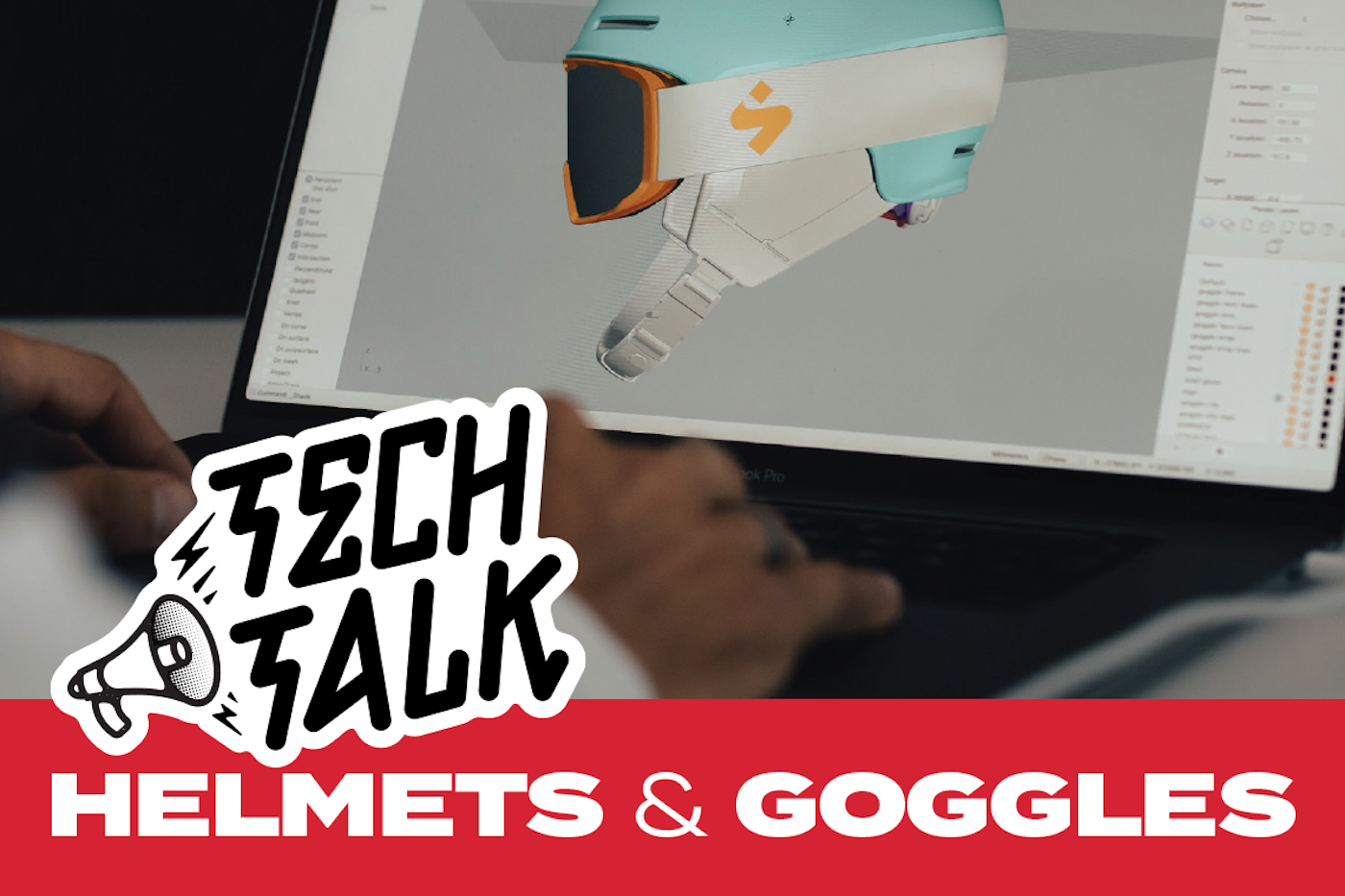
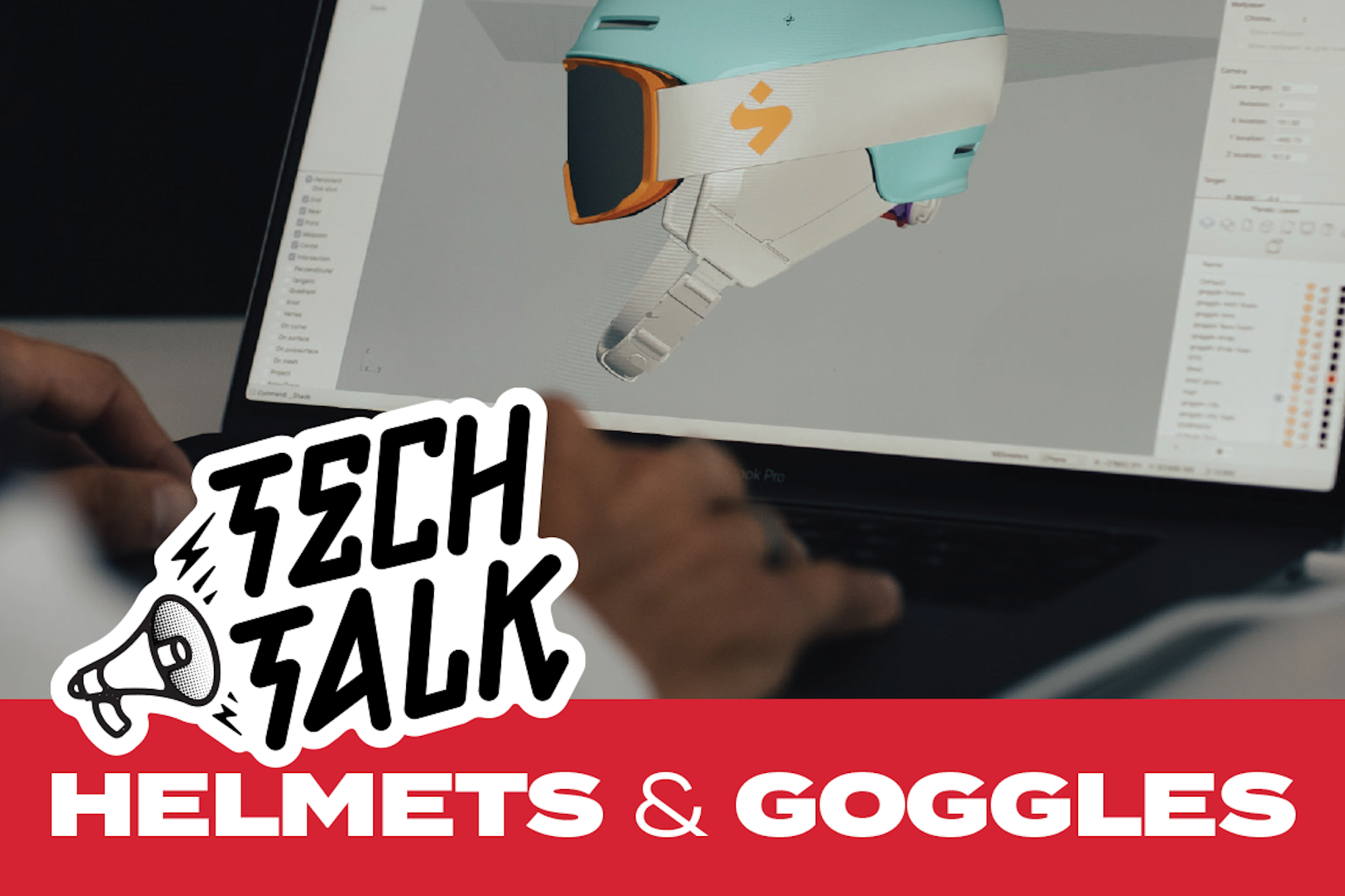
Cutting through the jargon that surrounds buying helmets and goggles can be tough. To help you better understand the products you need for a great day on the hill, we’ve brought in the expert Gearheads from Backcountry.


Jimmy Farnan
Age: 28
Number of years as a Gearhead: 6
Favorite Place to ski: Brighton Resort, UT
Favorite après drink or snack: Shot of tequila and a beer
Tell us a little about yourself:
I was born and raised in the Pocono Mountains in Pennsylvania, skiing at Big Boulder and Camelback Mountain. I enjoy skiing, mountain biking, hiking and camping. I’ve been living in Utah for nine years, have skied all over the Wasatch Mountains and call Brighton Resort home. When I’m not in the mountains, I’m usually drinking a beer with friends planning our next trip!
JIMMY SAYS…
What are the biggest trends you’re seeing in helmets and goggles right now?
Over the past few years, most companies have adopted magnets in select frames for quick lens changes in between (or during) laps. When buying goggles, this is super convenient when the lighting changes suddenly, so be sure to carry your spare lens if you have one.
What’s the best way to keep your goggles from fogging up?
The best way to keep your goggles from fogging is by regulating your body temperature so you’re not sweating in them, not letting them sit on your head or beanie too long and removing snow from the vents in between laps. Also, make sure you’re drying them out at night and not leaving them in the backseat of your car.
How do I choose a helmet?
Much like ski boots, not all helmets are shaped the same so it’s important to try a few on and see what brand fits your head the best. From there you can dial in the right size and you’ll be out on the hill in no time.
GET TO KNOW THE LINGO…
01. LENS SHAPES
Spherical — Curved both horizontally and vertically to mimic the shape of your eyeball. It provides a wider field of view up, down and to the sides with a reduction in glare.
Cylindrical — Only curved horizontally to provide a closer fit to the face and tapered to a thinner profile at the edges to reduce peripheral distortion.
Toric — Similar to a spherical lens, but with a tighter horizontal radius than its vertical one, which can boost peripheral vision.
02. CONTRAST BOOSTING LENSES
Most top-tier google brands offer a premium lens option that boosts contrast and enhances color. Done at the manufacturing level, these lenses automatically adjust the wavelengths of light to make details in the snow more apparent and colors more vibrant. POC’s Clarity lens, SPY’s Happy lens and Smith’s ChromaPop lens are all great examples.
03. VISIBLE LIGHT TRANSMISSION AND LENS TINTS
Visible Light Transmission (VLT) is measured as a percentage of natural light that can pass through a goggle lens and directly correlates to lens tint. On bluebird days, you’ll want a darker tint between 10 and 35 percent to prevent a lot of light penetration but, on gray or stormy days, grab a lens with 35 to 80 percent VLT for more light and clearer vision.
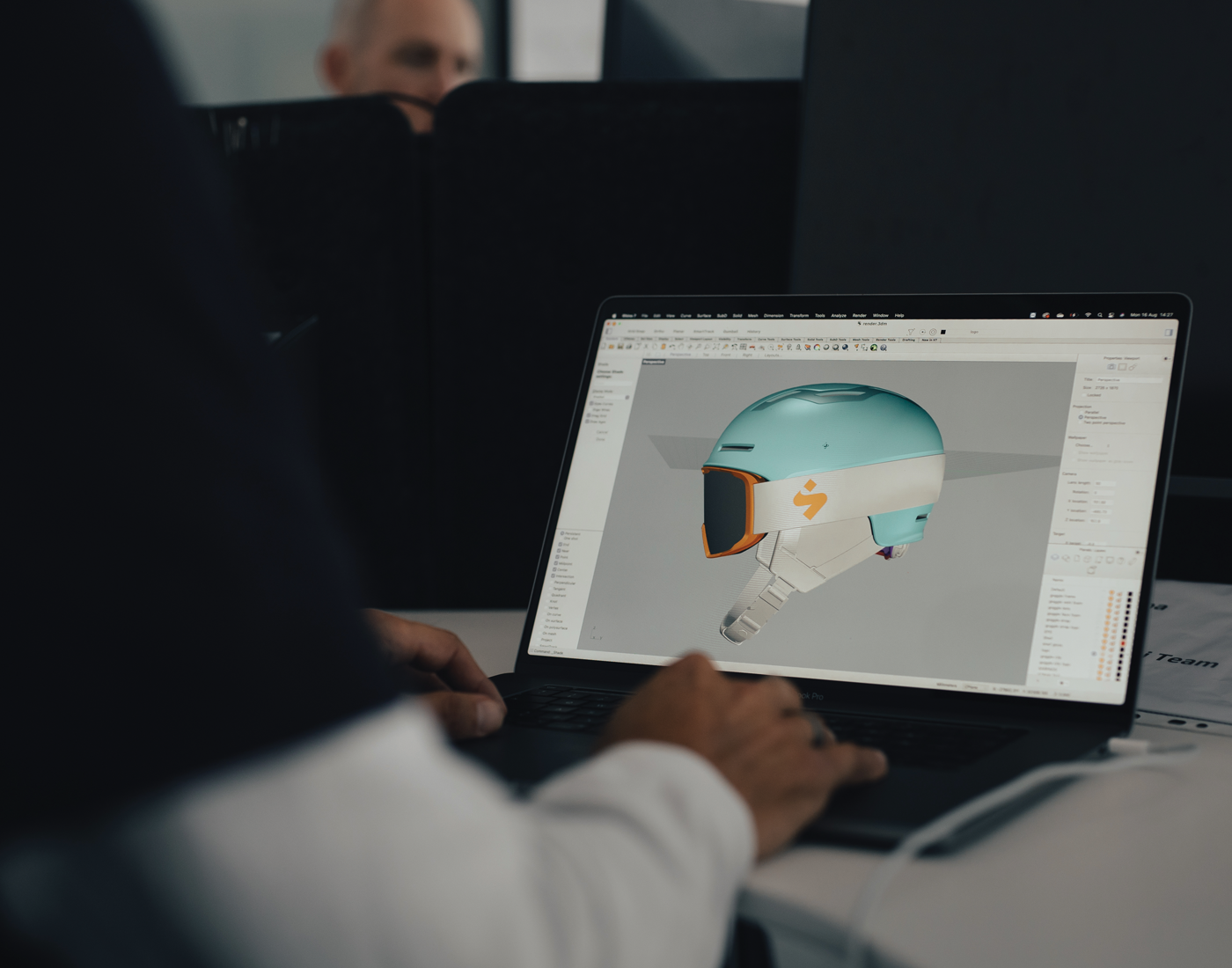
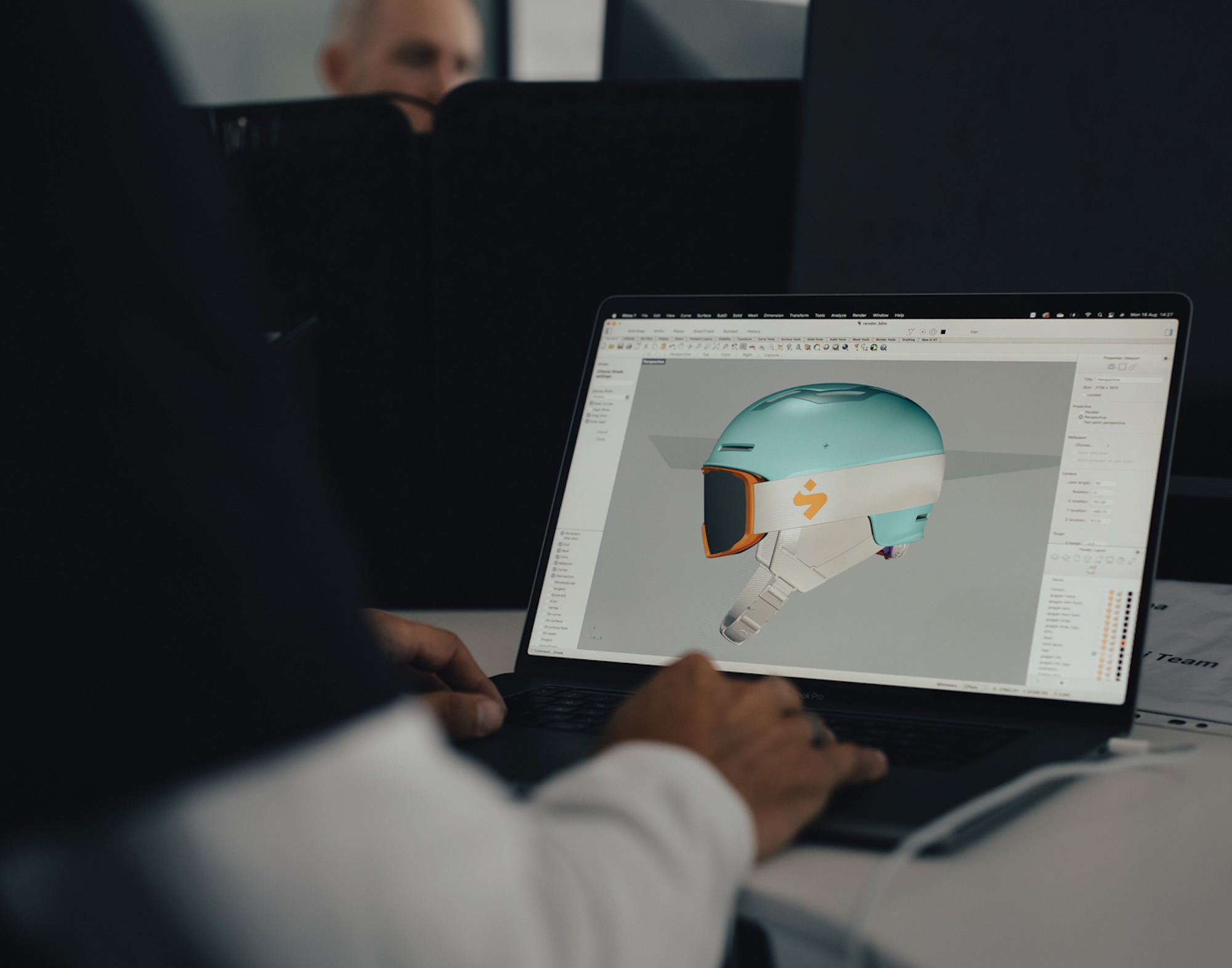
04. “GAPER GAP”
This is the colloquial term for a gap in between your goggles and helmet. In addition to looking, er, awkward, you’re apt to lose a lot of warmth that way. To avoid the dreaded gaper gap, make sure you have a well-fitting helmet and goggles that are compatible with said helmet.
05. IN-MOLD, HYBRID/MULTI AND HARDSHELL HELMET CONSTRUCTION
At the core of most helmets is a soft EPS shell that absorbs the energy from impact during a crash. For added durability against smaller impacts and dings, that’s covered with either a harder layer, like a thick ABS plastic-injected shell (hard shell) or a sheet of polycarbonate is fused with the EPS shell (in-mold), which is the lighter-weight solution. Sometimes part of the EPS is covered with ABS-injected plastic and another part is covered with a polycarbonate layer; this is called hybrid or multi-shell construction. A hybrid build increases durability and further saves weight, but your wallet may take a bigger hit.
06. MIPS
Multi-directional Impact Protection System (MIPS) is a helmet technology that reduces rotational forces that can happen during an oblique (off-angle) impact to the head. A sheering pad inside the helmet minimizes the impact and helps protect your head from concussions no matter which way you slam.
BEFORE YOU BUY…
Measure up. If you’re shopping for a helmet online, make sure to measure your head so you can figure out what size you need. The correct spot to measure is right where a hat would sit on your forehead and it’s a lot easier when you have somebody to help you.
Consider your pairing—goggle and helmet compatibility is huge. A lot of prominent brands’ helmets and goggles will work well with each other but it’s always a good idea to double-check before buying.
Don’t forget to dial it in. Most helmets have a handy dial on the back that allows you to micro-adjust the fit. Twist it up nice and snug for the perfect fit.
![[Tech Talk] FREESKIER's no-nonsense guide to buying helmets and goggles](https://www.datocms-assets.com/163516/1751501228-tthelmetsgoggles_feat.png?auto=format&bg=FFFFFF&w=100)
![[Tech Talk] FREESKIER's no-nonsense guide to buying helmets and goggles](https://www.datocms-assets.com/163516/1751501228-tthelmetsgoggles_feat.png?auto=format&bg=FFFFFF&w=1200)
![[GIVEAWAY] Win a Legendary Ski Trip with Icelantic's Road to the Rocks](https://www.datocms-assets.com/163516/1765233064-r2r26_freeskier_leaderboard1.jpg?w=200&h=200&fit=crop)
![[GIVEAWAY] Win a Head-to-Toe Ski Setup from IFSA](https://www.datocms-assets.com/163516/1765920344-ifsa.jpg?w=200&h=200&fit=crop)
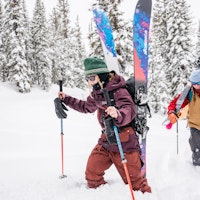
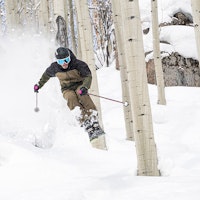
![[GIVEAWAY] Win a Legendary Ski Trip with Icelantic's Road to the Rocks](https://www.datocms-assets.com/163516/1765233064-r2r26_freeskier_leaderboard1.jpg?auto=format&w=400&h=300&fit=crop&crop=faces,entropy)


![[GIVEAWAY] Win a Head-to-Toe Ski Setup from IFSA](https://www.datocms-assets.com/163516/1765920344-ifsa.jpg?auto=format&w=400&h=300&fit=crop&crop=faces,entropy)


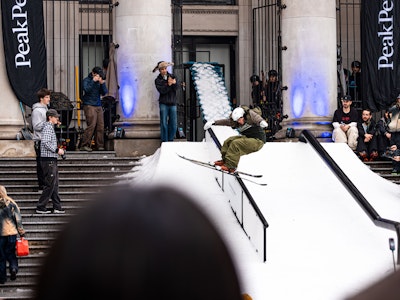
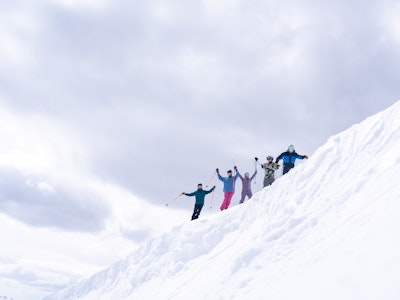
![[Tech Talk] FREESKIER's no-nonsense guide to buying helmets and goggles](https://www.datocms-assets.com/163516/1751501228-tthelmetsgoggles_feat.png?auto=format&bg=FFFFFF&w=2000)